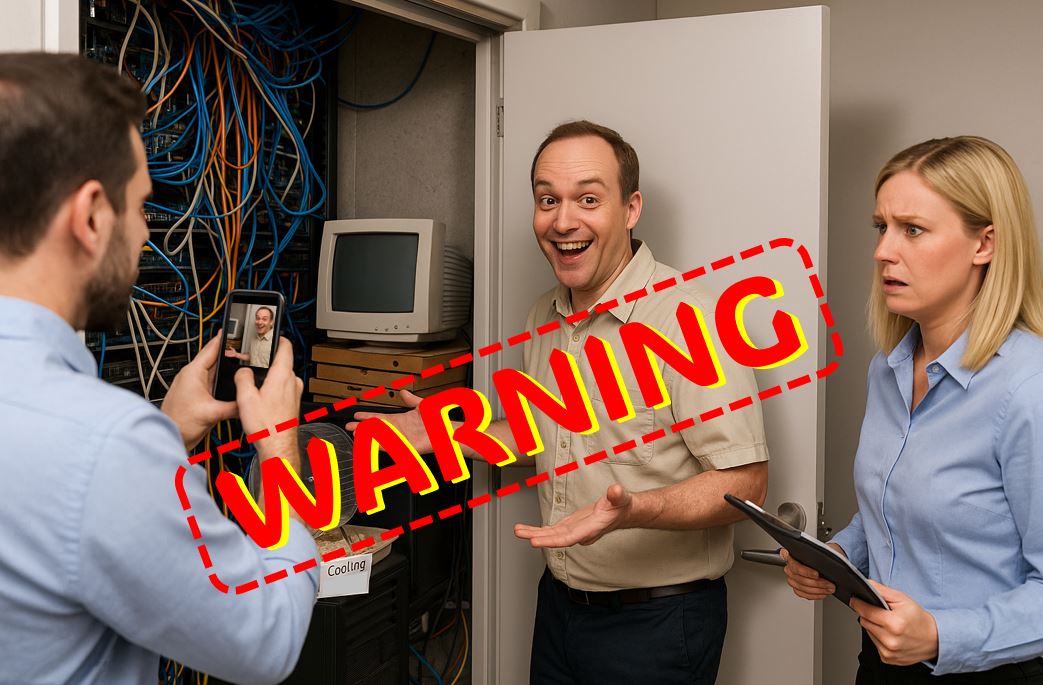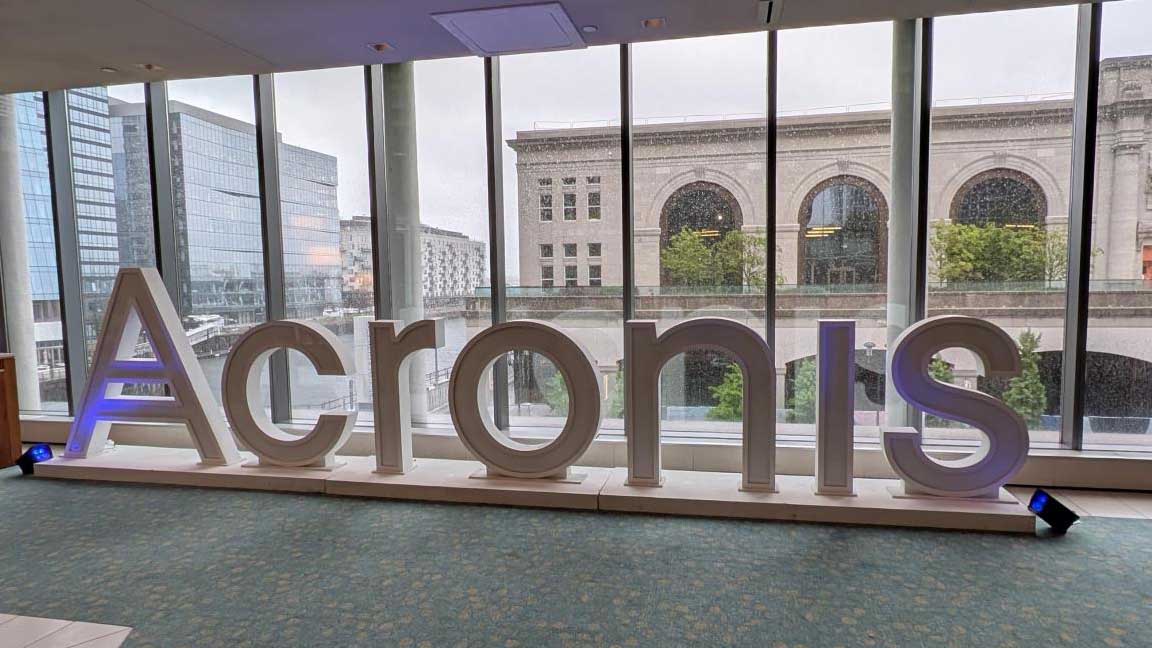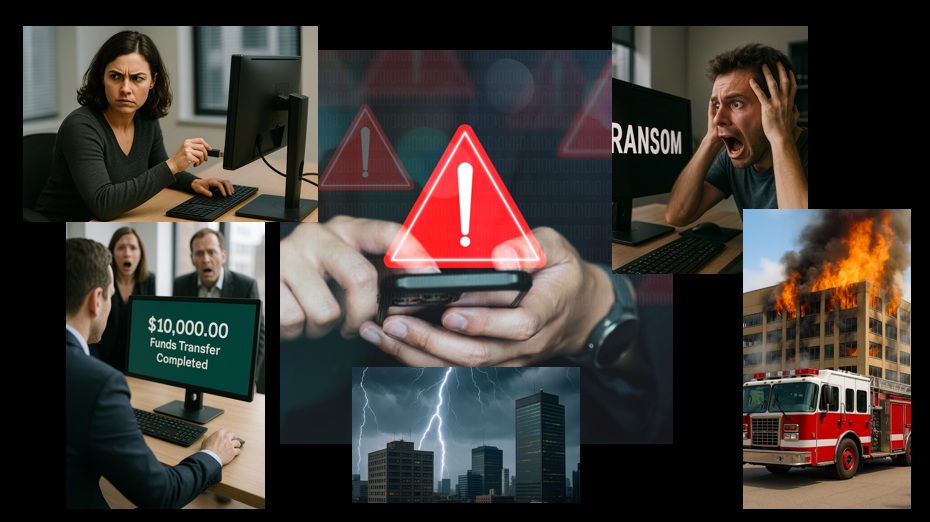September is National Preparedness Month, an effort to promote disaster planning in the case of an emergency. And nothing quite spells disaster like prepping for hurricane season while navigating the COVID-19 pandemic. In August, Hurricane Laura, a category 4 storm, knocked out power for roughly 700,000 people across Texas and Louisiana. We are still in the thick of storms too, as hurricane season runs through November 30. So the need for organizations to create a business continuity and disaster recovery plan to prevent data loss, network downtime, and financial loss is critical.
According to Gartner, the average cost of network downtime is $5,600 per minute, which equates to more than $300,000 per hour. At the same time, ransomware attacks are up 800%, causing unprecedented network downtime and data loss. By securing a business’s digital health before disaster strikes (regardless of its form), financial losses due to downtime can be minimized or even eliminated.
As organizations continue to navigate a newly distributed workforce due to the pandemic, hurricane season, and the ongoing threat of ransomware attacks, here are six steps to help ensure your customers are prepared and stay online:
- Assess the problem and its impact on your customer’s business
Every disaster—physical and virtual—is different, and it’s important to assess how it will affect your customer’s business. Is the issue local to one machine, or will it affect an entire system? With data loss a primary concern, consider a backup solution to avoid files being lost or servers suffering downtime. According to Datto’s 2020 Global State of the MSP report, 77% of MSPs protect their clients’ servers with some type of backup solution, while only 55% of MSP clients’ servers are protected with full business continuity.
- Establish recovery goals
After assessing the potential impact of an unexpected disaster, establish goals for recovery. It’s important to identify your customers’ critical systems and prioritize recovery tasks. Determine what should be recovered first, the system, data, or both. Finally, establish your time frame. How long can your customer afford to take for recovery and when can you realistically recover?
- Select the appropriate recovery type(s)
Determine which recovery approach—file restore, local virtualization, or off-site virtualization—will provide the desired results. Local virtualization offers fast recovery of business operations and nearly eliminates costly business downtime by using hypervisor technology to boot a virtual server from a snapshot on the backup device. Off-site virtualization is a similar process, but may occur in the cloud, for example, rather than on a local backup device. Decide which recovery procedure is most appropriate and find a digital solution that backs up data daily to avoid risk of data loss. Keep in mind that recovery is what makes a business continuity and disaster recovery solution different from a simple backup product.
- Verify recovery and confirm functionality with users
Once a recovery is verified, confirm that it interacts positively with users. Test network connectivity and ensure all users can access resources and applications in the virtual environment.
- Restore the original system(s), if needed
If the original system needs to be restored, determine if bare metal restore or virtual machine restore will work best. Bare metal restore is a full machine restore used when a network failure is beyond repair. It gives you the entire operating system, all applications, and data in one quick process. Virtual machine restore, on the other hand, is typically a temporary measure that allows you to mount a restore point as a virtual machine in order to continue operations until you can permanently restore the affected machines.
- Self-assess afterwards
When the recovery process is complete, conduct a self-assessment to determine if your plan lived up to customer expectations. If something could have been done differently, address what ongoing issues need to be fixed to ensure success in future disaster recovery scenarios. By testing your plan before a crisis, you can resolve bugs in advance.
Using this checklist, you can be ready to support your customers through any event during hurricane season, and through any uptick in ransomware attacks. Ensure your clients are secure by having a quality backup solution. Be proactive about hurricane planning with your clients. Developing a hurricane supply kit, assigning hurricane preparation duties in advance, and completing this checklist are keys to keeping your customers’ operations running efficiently in these most unprecedented of times.
RYAN WEEKS is chief information security officer at Datto, responsible for directing and managing Datto‘s information security program.














